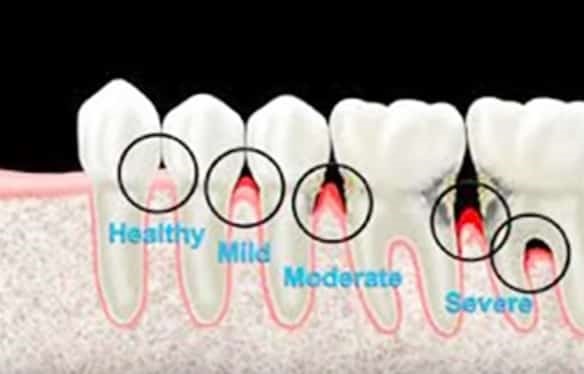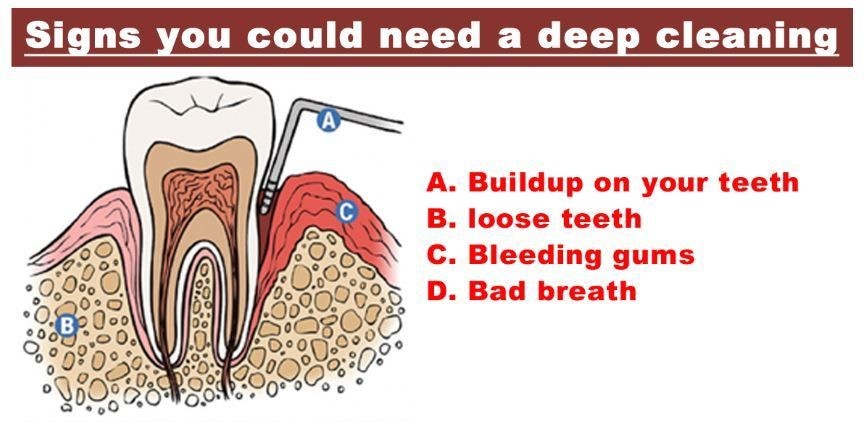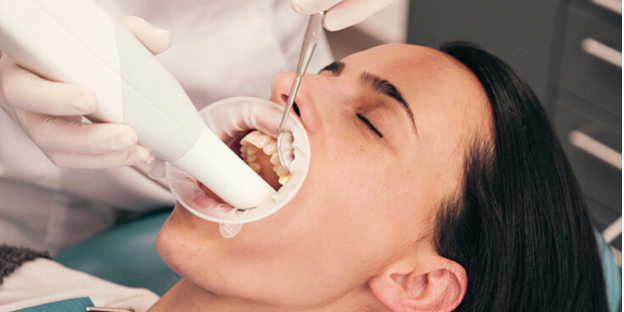Deep cleaning is known by various names. Many dentists refer to this procedure as scaling and root planning. This procedure is being used in people having the gingival disease. It is a very common procedure that dentists perform.
You need an effective and long-lasting treatment when the bad breath or plaque build-up. Teeth cleaning treatment might be the best solution for you. Dr. Rajat’s Dentistry, a reputed dental clinic in Ashok Vihar, Delhi, offers result-oriented, long-term, and cost-efficient teeth cleaning.
Here, Dr. Rajat Sachdeva, a highly-qualified and experienced dentist in Ashok Vihar, Delhi, recommends deep cleaning to his patients only when their gum disease is severe. Deep cleaning is a more time-consuming and complex procedure.
The dentist can access deeper areas below the gum line, gum pockets, and around the tooth root using sophisticated tools.

Now, let’s know,
What are the Different Types of Deep Cleaning Procedures?
• Preventive deep cleaning- This procedure reduces the risk of developing gum disease in the future. It can also be used in patients with periodontal disease. This procedure also helps you lower complications.
• Therapeutic deep cleaning- This procedure is more invasive than preventative deep cleaning. It can also be used in patients with periodontal disease. This procedure also helps reduce complications.
In dental cleaning, the dentist will focus on mouth areas where regular brushing cannot be reached. In this procedure, the dentist inserts a thin instrument between the gingiva and the teeth and cleans the teeth area, often missed during brushing.
Let’s discuss,

What is the Difference Between Regular Cleaning and Deep Cleaning?
Regular cleaning is a non-invasive procedure where the tooth surface is cleaned. It becomes more invasive in deep cleaning. The invasive nature of the procedure depends on the state of your teeth. If you have any periodontal disease or inflammation, the procedure is more invasive.
Who should go for Deep Cleaning?
Patients who have the gingival disease can go for deep cleaning. Many patients who receive deep cleaning have not visited the dentist for a long time. Calculus, plaque, and bacteria usually accumulate around the teeth. If these are not removed by regular cleaning, then bacteria start to migrate on it, leading to the development of plaque and calculus below the gingival.
At this point, more bacteria start accumulating on teeth. This procedure can cause infection. If the infection is more serious, you may have bone tissue loss. At this time, deep cleaning is needed. Regular cleaning will not help in reaching the gum line.
Common signs and symptoms which you should notice for deep cleaning are:

• If you have gum bleeding while brushing or biting hard fruits.
• Your gums are tender, red, and swollen.
• Gingival recession starts, and gum starts to pull away from your teeth.
• You notice an unpleasant taste in your mouth, which temporarily goes away by brushing your teeth.
• Your tooth may become loose and separate when you develop gingival disease.
• The fitting of the dentures will become altered.
Now, let’s know more about,
The Procedure of Deep Cleaning
• Deep cleaning is a multi-step process. The dentist will first have a consultation with you. They will examine your mouth and check your condition. According to the status of your mouth, the dentist will provide you with the details on your oral health and gums. Then, they will recommend you the treatment.
• In the first step of the procedure, you are given an anaesthetic, and then scaling is done. After scaling, root planning is done to help clean and shape your teeth. You will be prescribed antibiotics to reduce the risk of infection. In some situations, you will be referred to the periodontist, who will provide further assistance.
Is Deep Cleaning Really Necessary?
Some people can maintain their oral hygiene by only doing professional dental cleaning once a year. Still, sometimes others may need a procedure to remove calculus, plaque, and other particles deposited below the gum line.
You must speak to your dentist about the procedure. They will examine your mouth and tell you whether there is a need for deep cleaning or not.
Is it Painful To Get A Dental Deep Cleaning?
Most people fear going to the dentist. One of the most common concerns about going to the dentist is pain. The deep cleaning procedure is more invasive than a regular cleaning procedure, which can cause pain.
But the good news is that dentist will use anaesthetic on the patient before starting the procedure. While the dentist performs the procedure, the anaesthesia will keep you pain-free. When the anaesthetic starts wearing off, you may feel some discomfort. But it is just temporary, and it will get better with time.
Is there an Alternative to Deep Cleaning?
According to a few studies, no methods have proven effective other than deep cleaning. A different method of plaque removal, known as ultrasonic scaling, has shown effectiveness up to an extent. Ultrasonic scaling emits energy that crushes and loosens the plaque and disrupts the growth of bacterial colonies.
Are there any Risks or Disadvantages Associated With Deep Cleaning?
The risk of infection with a deep cleaning is minimum. It mainly applies to those who have the condition, putting them at risk. You should tell your dentist about your medical condition before going through this procedure.
If you have any queries about the deep cleaning procedure, you should contact us on 9818894041 or mail us at drrajatsachdeva@gmail.com.






